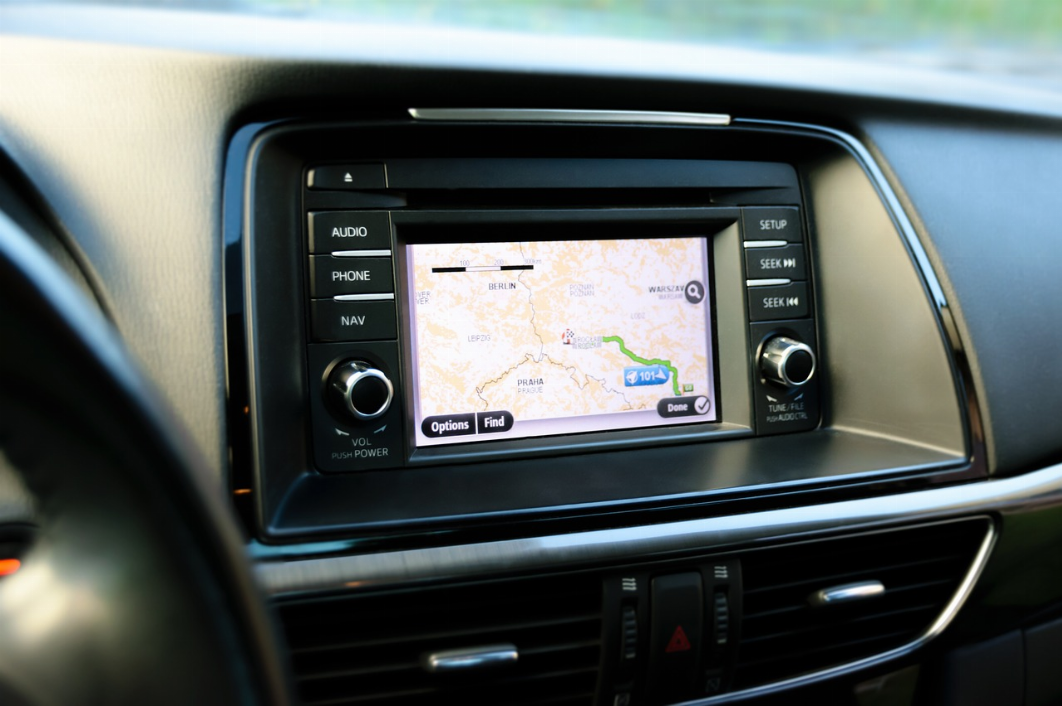The current fleet monitoring systems have made considerable progress compared to the past where they only showed “dots on a map”. Nowadays, fleet tracking is capable of more than just identifying the exact location of vehicles. If implemented correctly, fleet management software can assist enterprises in reacting promptly to shifting circumstances, increasing customer contentment, and enhancing fleet effectiveness and security.
How does a van tracking system work?
Fleet managers require up-to-date information on the location of their vehicles and effective fuel cost management techniques. Shippers also need accurate information about the expected arrival time of their goods and the environmental conditions inside the vehicle. Any delivery delays can have a significant impact on their supply chain. To meet these increasing demands, fleet managers are turning to fleet tracking systems to improve visibility and increase efficiency. By implementing a GPS tracking system, companies can focus on streamlining and improving their fleet management processes. The use of GPS trackers for fleet tracking also enables the integration of business vehicle monitoring, which can optimize and improve business operations.
A van tracker system (VTS) is a solution that monitors a vehicle’s position and transmits or records it to a central data collection system. Typically, GPS tracking devices are utilized to track the location of the vehicles in a vehicle tracking system. Afterwards, a 3G or 4G connection is used to communicate with the fleet management system of the company. By utilizing this system, you can receive a wealth of data regarding your fleet. This will aid in enhancing the safety of your drivers, increasing the security of your vehicles, and lowering your expenses. The installation of the device in the vehicle permits the broadcasting of crucial information such as location, direction, and vehicle speed over a wireless or cellular network. Then, you can access this data in real-time through the network, using any computer browser or an Android/Apple iOS device.

Advantages of van tracking system
One of the key benefits of fleet tracking systems is that they can significantly improve customer service. By utilizing real-time data from their fleets, businesses can provide a superior customer experience. For example, more accurate arrival time estimates can reduce the number of customer inquiries about delivery status, and any inquiries that do arise can be quickly addressed without contacting the driver. Additionally, fleet managers can use fleet tracking to quickly locate the nearest vehicle to a service location, allowing them to respond promptly to changing customer demands.
Fuel expenses are one of the largest costs associated with vehicle usage. A GPS tracker can help to reduce unnecessary fuel costs. Most high-quality vehicle tracking systems come with a ‘Fuel Management’ feature that provides information on how efficiently vehicles are using fuel. Road closures and other infrastructure issues can often cause significant traffic congestion. A vehicle tracking device can help navigate these obstacles by selecting shorter routes and identifying congested or closed-off roads due to construction.
As many fleet owners have realized, company vehicles are a valuable brand asset. When drivers practice safe and courteous driving, it leaves a positive impression on other drivers. Fleet tracking services can help to sustain and reinforce coaching and driver safety programs aimed at improving driver performance
